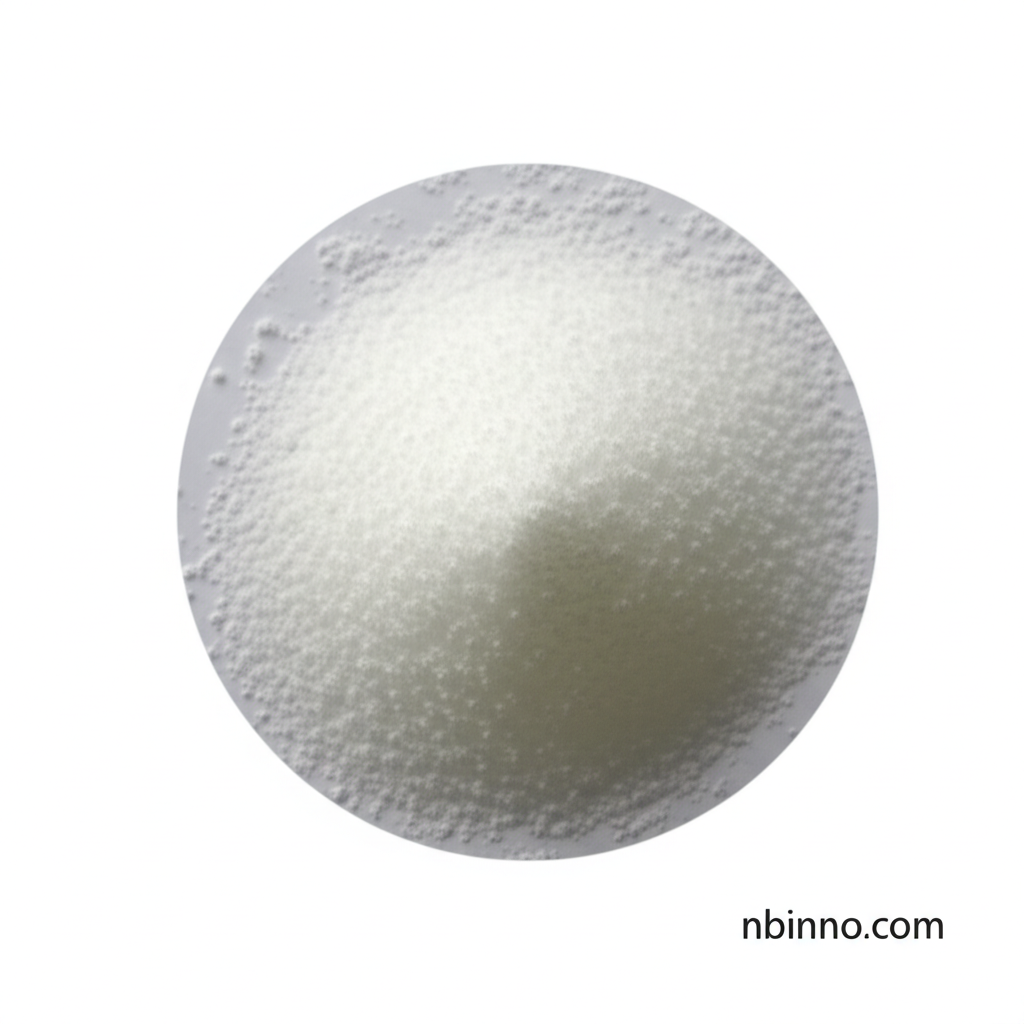1-(2-Chloroethoxy)-4-nitrobenzene: A Versatile Intermediate for Fine Chemicals and Pharmaceuticals
Discover the key applications and properties of this vital organic building block.
Get a Quote & SampleProduct Core Value

1-(2-Chloroethoxy)-4-nitrobenzene
1-(2-Chloroethoxy)-4-nitrobenzene is a critical organic intermediate, recognized for its utility as a building block in the synthesis of various complex molecules. Its well-defined chemical structure and reactivity make it indispensable in the production of advanced materials and pharmaceuticals.
- Learn about 1-(2-Chloroethoxy)-4-nitrobenzene synthesis pathways to optimize production efficiency. This compound serves as a fundamental starting material in many chemical manufacturing processes.
- Explore the diverse CAS 3383-72-0 applications across pharmaceutical research and fine chemical industries, highlighting its role in developing new compounds.
- Understand the importance of using reliable chemical building block suppliers to ensure the quality and consistency of your raw materials for pharmaceutical intermediate synthesis.
- Discover the benefits of utilizing this organic intermediate in your research and development for creating novel chemical entities and advanced materials.
Key Advantages
Versatile Building Block
Its molecular structure makes it an excellent starting point for a wide range of organic synthesis, facilitating the creation of diverse functional molecules.
High Purity Available
Sourced from trusted manufacturers, this intermediate is often available with high purity levels, crucial for sensitive pharmaceutical applications, ensuring reliable outcomes.
Established Supply Chain
With numerous chemical building block suppliers, sourcing this compound is typically straightforward, supporting consistent production and research needs.
Key Applications
Pharmaceutical Synthesis
This compound is a key intermediate in the synthesis of active pharmaceutical ingredients (APIs), contributing to the development of life-saving medicines.
Fine Chemical Manufacturing
Its reactivity makes it valuable in producing a variety of fine chemicals used in diverse industrial applications, from agrochemicals to specialty polymers.
Organic Synthesis Research
Researchers rely on this molecule as a versatile reagent for exploring new reaction pathways and synthesizing novel organic compounds.
Material Science
The unique properties imparted by the nitro and chloroethoxy groups can be leveraged in the development of advanced materials with specific functionalities.
